Green Grass - Clean Water
Most people believe having a lawn and yard that is safe for both humans and the environment is important. Fortunately, lawn care choices for the health of our families and quality of our drinking water supply, are also choices that support clean rivers and lakes.
In these choices, it is important to first run a soil test. A soil test lets you know more specifically what your lawn and garden needs for nutrients. If a test shows the need for nutrients, then avoid synthetic lawn fertilizers and instead choose slow-release fertilizers. (See helpful information below.)
EPA estimates that about 80% of synthetic lawn fertilizers wash into local waterways. Synthetic fertilizers, because they are quick release, end up spreading nutrients into the environment. When lawns are watered, or when it rains, synthetic fertilizer ends up washing into storm drains and from there into local rivers and lakes. These rogue nutrients end up feeding a host of bacteria and algae, causing rapid population growths, or “blooms.” Species, like cyanobacteria (blue-green algae), feed on these nutrients, and produce toxins harmful to humans and other animals.

DID YOU KNOW?
There are many reasons to switch away from use of synthetic fertilizers. If you need to fertilize your lawn, choose natural slow-release fertilizers. These include:

Fish emulsion

Composted grass clippings, fruits/vegetables and manures

Kelp, oyster meal and green sand
Do the Right Thing
As you enjoy your time caring for your lawn, here are some easy practices for creating and maintaining a truly healthy lawn that is both attractive and safe for the environment and your family and neighbors.
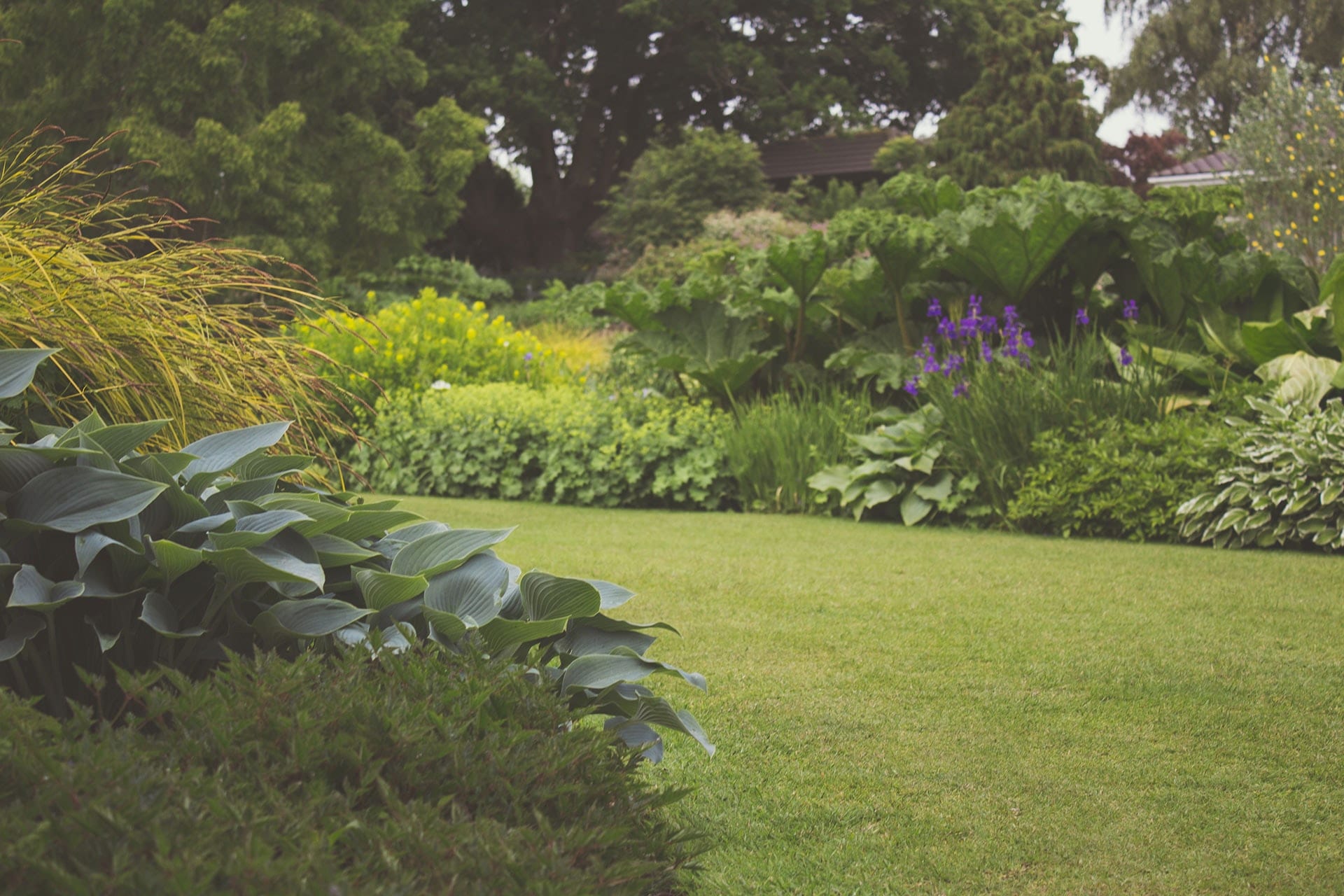
Consider limiting your lawn area
Lawns take a lot of time and energy inputs so it is worth taking a careful look at where you might convert lawn. Several questions are useful in this regard:
- Where is a lawn of some sort useful, say, for kicking around a soccer ball or stretching out to read a book?
- Where could you lose the lawn and not miss it?
- Where do you desire a green groundcover, but not necessarily turf grass, for aesthetic reasons?
For more information on native groundcovers, please see the New England Wildflower Society website. They also have seasonal nurseries at Garden in the Woods, Framingham, and Nasami Farm, Whately.
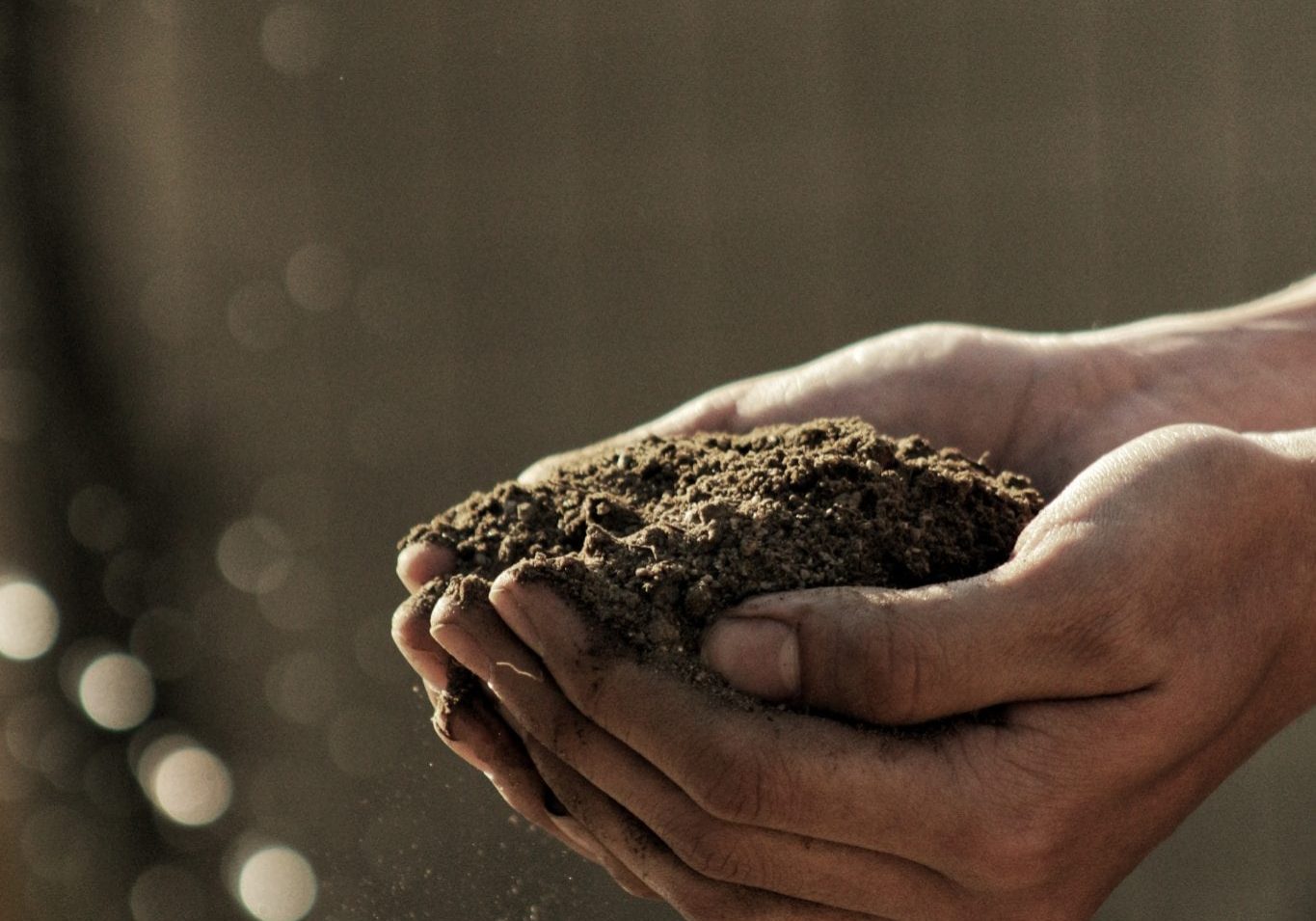
KNOW WHAT YOUR SOIL NEEDS
Most people assume their lawn needs more fertilizer. But UMass–Amherst scientists, who routinely test soils, say that 95% of the samples they receive show that soils are already “way overblown on nutrient levels. It’s a clear pattern.”
Since soil health is key to a healthy lawn, a soil test is critically important. Sometimes adjusting the soil pH or organic matter are the only treatments needed to improve a lawn.
A test can give you information about soil fertility, organic matter, nitrate, and soluble salts. The results will guide you in how best to care for your soil and lawn without wasting money and time. To have your soil tested, see information on the UMass Cooperative Extension web page. Once you get results, contact UMass soil lab personnel to get help if you need assistance in interpreting findings.
If the soil test results come back as acceptable but your lawn is not, then check for other problems like disease and pest infestations. Here are two good field guides for troubleshooting such issues:
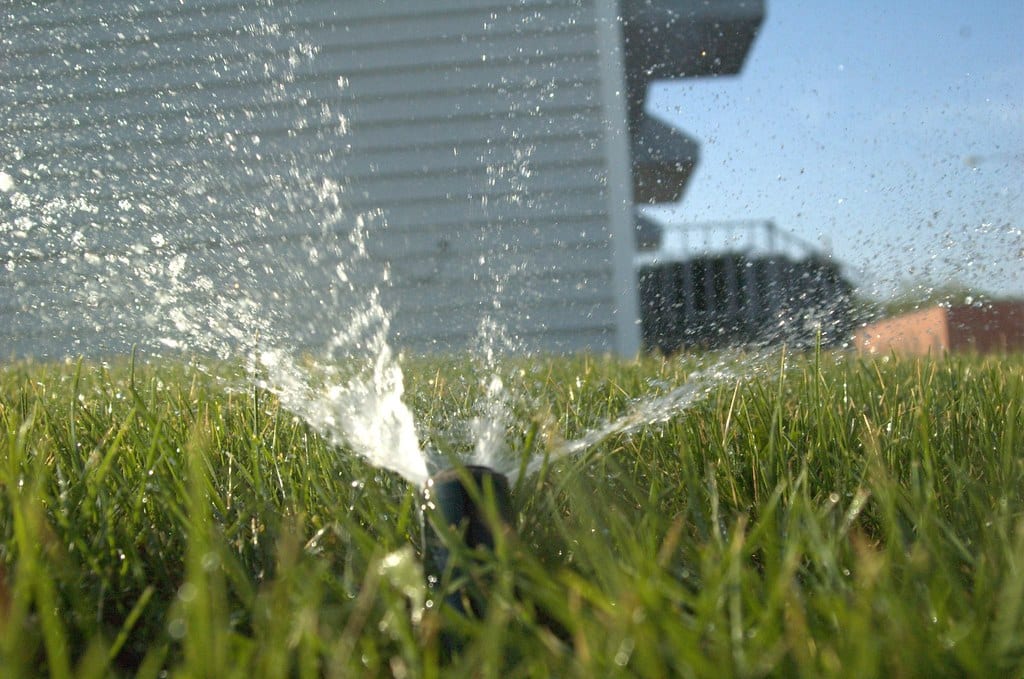
Water no more than 1" per week
If irrigating, also account for any rainfall in your calculation. Also water once a week so that you give grass a long good drink, promoting better root growth. Be sure to water in the morning, which avoids loss of water to evaporation at mid-day or overnight moisture on grass blades that can cause disease with evening watering.
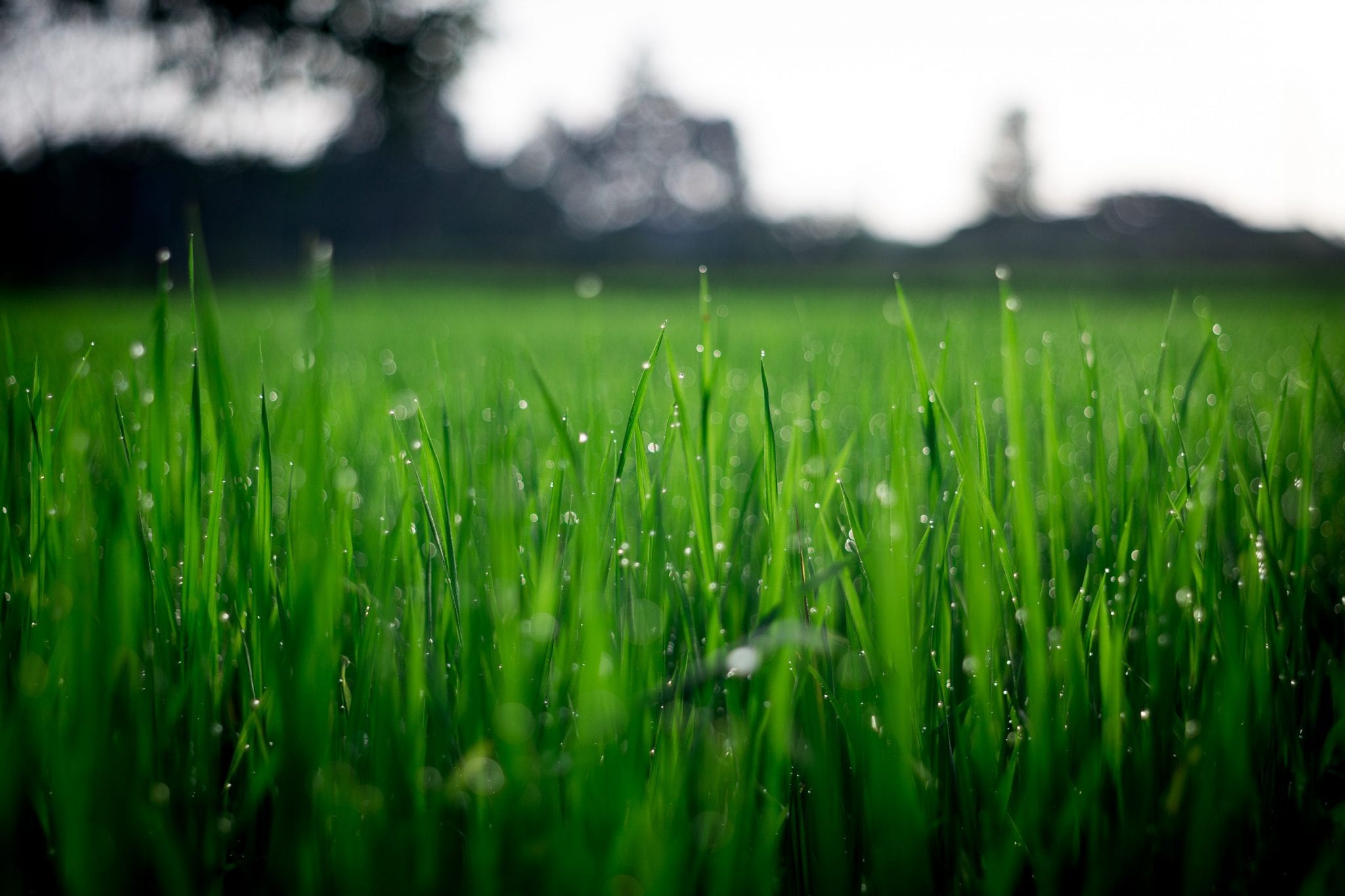
Choose the right grass seed
Consider limiting lawn area to locations where grass will grow easily and will actually be used for outdoor activities. Choose grass varieties that require less maintenance and seed mixes with higher percentages of turf-type tall fescues, compact-type fall fescues and/or fine fescues. Choose mixes with smaller percentages of Kentucky bluegrass and/or perennial ryegrass. In shaded areas, select shade-tolerant turf grasses like fine-leaf and tall fescues. Up to 10% of total seed mix can be white clover to help fix nitrogen in soil naturally. Avoid clover if anyone in the household is allergic to bee stings.
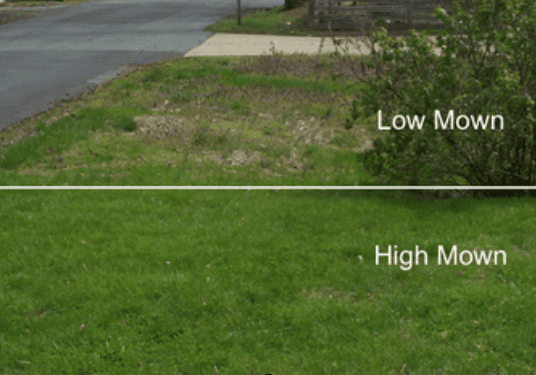
Mow for vigorous root growth
Adjust your mower to cut at a height of 2 to 3 inches and never cut more than 1/3 of the blade. This encourages longer, stronger grass roots, encourages dense leaf growth, and shades out sun-loving weeds. Also, leave the clippings where they fall for free slow-release nutrients. NEVER dispose of clippings in drainage areas, storm drains, wetlands or water bodies!
For lawns that need fertilizers
Most lawn fertilizers contain phosphorous (P), nitrogen (N), and potassium (K), all of which help lawns in different aspects of growth and development. Nitrogen promotes the growth and color of grass blades. Phosphorous stimulates root growth. Potassium strengthens cell wall structure for strong stems and helps with disease resistance.
In Massachusetts, new regulations prohibit the use of phosphorous for lawns unless:
- A soil test indicates that it is needed; or
- A lawn is being established, patched, or renovated.
Step 01
Choose the Right Fertilizer
Avoid applying fertilizers mid-summer when turf growth naturally subsides or before a big rain when it can run off into nearby waterways or leach into ground water. In Massachusetts, apply no earlier than spring green-up and no later than mid-September to ensure the proper soil temperature for grass to take up the nutrients.
Step 02
DETERMINE HOW MUCH TO APPLY
Measure the dimensions of the area where you plan to apply. The square footage of the area will determine how much fertilizer to purchase and use. Only use what you need. Nearly half of homeowners mistakenly use the entire bag, whether it is needed or not. Seal and store opened fertilizer bags in an airtight container or share excess with others. Lawns older than 10 years usually need less nitrogen than newer lawns, especially if the clippings are left, so apply only half of the amount directed on the bag. Only apply more if there’s no improvement over time in turf color and density. Staying under four applications per season at this reduced rate helps keep the overall application at the recommended level for water friendly practices.
Step 03
Know When & Where to Apply
Avoid combination products that include both pesticide and fertilizer unless confident you need both. Unnecessary applications of fertilizers and pesticides can lead to soil and water contamination. Select lawn fertilizers with low or no phosphorus unless your soil test indicates otherwise. The fertilizer formula (e.g., 20-0-15) tells the relative percentages of nitrogen (N), phosphorous (P) and potassium (K). Slow release formulations (>50% water insoluble nitrogen – WIN) are generally preferable. Organic fertilizers are typically slow release and contain micronutrients that are beneficial to soil. They are not petroleum-based like most synthetic fertilizers. Overapplying any type of fertilizer or over-irrigating fertilized turf can lead to water quality problems.
Fertilizer recommendations adapted by University of New Hampshire Cooperative Extension from: New England Regional Nitrogen and Phosphorus Fertilizer and Associated Management Practice Recommendations for Lawns Based on Water Quality Considerations. 2008. Karl Guillard (ed.). Turfgrass Nutrient Management Bulletin B-0100. College of Agriculture and Natural Resources, University of Connecticut.
